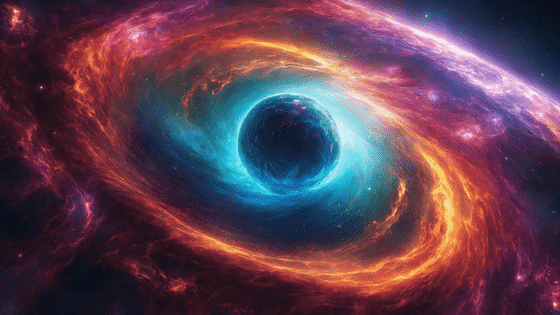What was previously thought to be a black hole may look like a black hole, but it may actually be something different.
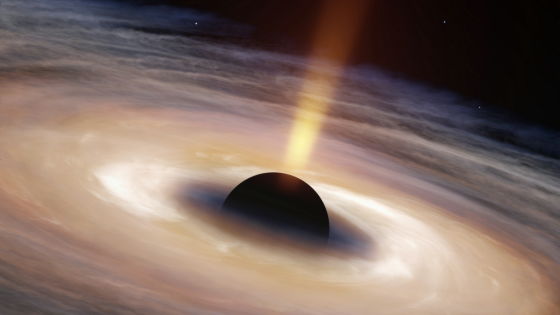
Imaging topological solitons: The microstructure behind the shadow
https://doi.org/10.1103/PhysRevD.107.084042
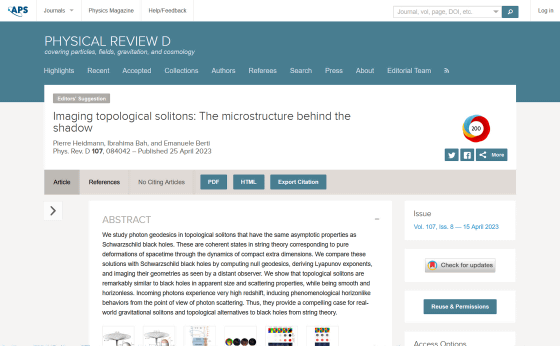
Black Holes Might be Defects in Spacetime - Universe Today
https://www.universetoday.com/161291/black-holes-might-be-defects-in-spacetime/
Some black holes may actually be tangles in the fabric of space-time, new research suggests | Live Science
https://www.livescience.com/space/black-holes/some-black-holes-may-actually-be-tangles-in-the-fabric-of-space-time-new-research-suggests
In his theory of general relativity , Albert Einstein predicted the existence of black holes, which form when massive stars collapse. Although the existence of black holes was initially doubted, recent observational results have led many scientists to accept their existence.
In 2019, the first everimage of a black hole was captured, and in 2022, an image of a black hole that exists in the same galaxy as Earth was released.
First image of a black hole in the same galaxy as Earth captured - GIGAZINE
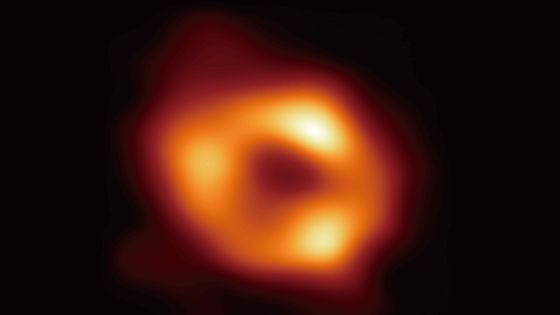
However, there are still many people who question the existence of black holes. The main problem is that, although the general theory of relativity states that black holes exist as gravitational singularities where density and gravity are infinite, it is believed that a singularity with infinite density cannot physically exist in the universe.
Based on this idea, it follows that although there is no such thing as a black hole, there are other objects that behave like black holes according to observations.
One theory that is said to resolve the contradictions surrounding black holes and gravity is string theory , which states that the particles that make up the universe are not zero-dimensional points, but are actually vibrating one-dimensional strings. Because these strings cannot vibrate in three-dimensional space, string theory predicts the existence of another dimension that is compactified on a quantum scale.
The team argues that the existence of these incredibly tiny extra dimensions creates twists in the fabric of space-time called 'topological solitons,' which are stable defects in the fabric of space-time that do not require matter or other forces to exist.
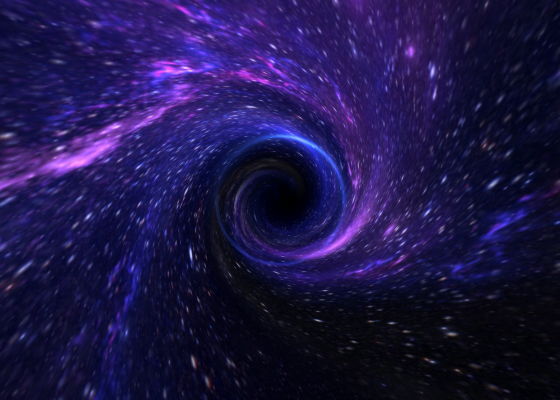
When the research team investigated the behavior of light passing near a topological soliton, they found that topological solitons, which bend space-time, affect light in much the same way as black holes, bending the light around the soliton and making the center appear a dark shadow. Therefore, it is possible that what has been observed so far as 'black holes' are actually topological solitons.
However, because topological solitons are not singularities, there is no event horizon that light or electromagnetic waves cannot escape from, so it is believed that they can escape even if they approach.
In addition, topological solitons are very hypothetical entities based on string theory, and at the time of writing, no black holes have been found close enough to Earth to be able to be studied sufficiently. However, if observational differences between topological solitons and black holes can be discovered, it may be possible to open the way to test string theory itself.
Related Posts:
in Science, , Posted by log1h_ik
